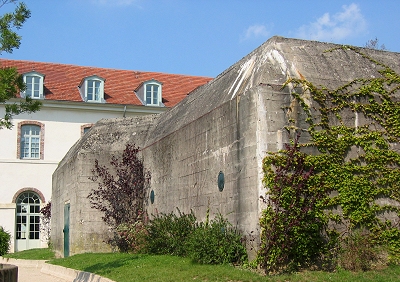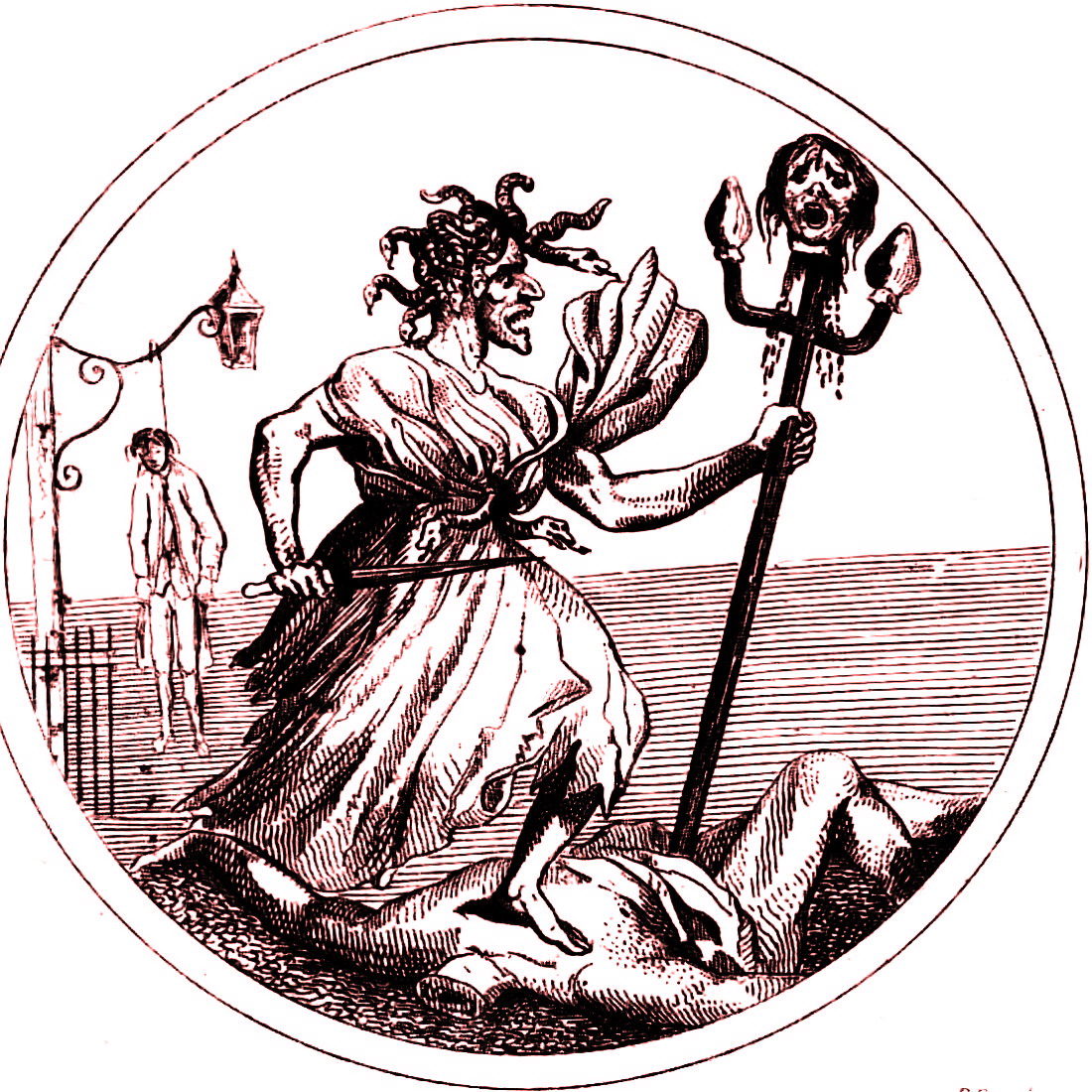|
Henriette Campan
Henriette Campan (Jeanne Louise Henriette; ''née'' Genet; 2 OctoberMadame Campan, ''Memoirs of the Court of Marie Antoinette, Queen of France'', 1752 16 March 1822) also known as Madame Campan, was a French educator, writer and Lady's maid. In the service of Marie Antoinette before and during the French Revolution, she was afterwards headmistress of the first Maison d'éducation de la Légion d'honneur, appointed by Napoleon in 1807 to promote the education of girls. Biography She was the daughter of Edme-Jacques Genet and Marie-Anne-Louise Cardon. Her father was the highest-ranking clerk in the foreign office (the ambassador Citizen Genet was her younger brother), and, although without fortune, placed her in the most cultivated society. By the age of fifteen she could speak English and Italian, and had gained so high a reputation for her academic accomplishments as to be appointed reader to Louis XV's daughters (''Mesdames'' Victoire, Sophie and Louise) in 1768, and '' Fe ... [...More Info...] [...Related Items...] OR: [Wikipedia] [Google] [Baidu] |
Joseph Boze
Joseph Boze (7 February 1746 – 17 January 1826) was a French people, French Portrait painting, portrait painter and pastellist mostly active during the ''ancien régime'' and the French Revolution. Biography Boze was born in Martigues on 7 February 1746, the son of a sailor. He studied painting in Marseille, Nîmes and Montpellier before moving to Paris in 1778. There he became a portrait painter at the court of King Louis XVI, to whom he was possibly introduced to by the Abbé de Vermond, a confidant of Marie-Antoinette at the court. He is believed to have been influenced by Quentin de la Tour. He exhibited at the Paris Salon for the first time in 1791, where he received negative reviews. Boze initially supported the French Revolution, having joined the Jacobin Club. He painted portraits of numerous leaders of the Revolution, including Robespierre, Jean-Paul Marat, Marat and Camille Desmoulins, Desmoulins, and French military officers such as Marquis de la Fayette, Lafayette ... [...More Info...] [...Related Items...] OR: [Wikipedia] [Google] [Baidu] |
Princess Sophie Of France
Sophie of France (Sophie Philippine Élisabeth Justine; 27 July 1734 – 2 March 1782) was a French princess, a '' fille de France''. She was the sixth daughter and eighth child of King Louis XV and his queen consort, Marie Leszczyńska. First known as ''Madame Cinquième'' (an older sister, Marie Louise, had died in 1733), she later became Madame Sophie. She and her sisters were collectively known as '' Mesdames''. In 1777, Sophie and her elder sister Adélaïde were both given the title Duchess of Louvois. Biography Early life Sophie Philippine Élisabeth Justine was born on 27 July 1734 in France. She was the eighth child and sixth daughter of King Louis XV of France and his charitable wife, Marie Leszczyńska who was nicknamed "The Good Queen" by the common people. Sophie is less well known than many of her sisters. Her birth at the Palace of Versailles was relatively unremarked. Her second name, Philippine, was given in honour of her older brother Philippe, who ha ... [...More Info...] [...Related Items...] OR: [Wikipedia] [Google] [Baidu] |
Hortense De Beauharnais
Hortense Eugénie Cécile Bonaparte (; , ; 10 April 1783 – 5 October 1837) was Kingdom of Holland, Queen of Holland as the wife of King Louis Bonaparte. She was the stepdaughter of Emperor Napoléon I as the daughter of his first wife, Joséphine de Beauharnais. Hortense later married Napoléon I's brother, Louis, making her Napoleon's sister-in-law. She became queen consort of Holland when Louis was made King of Holland in 1806. She and Louis had three sons: Napoléon-Charles Bonaparte; Napoleon III, Emperor of the French; and Louis II of Holland. She also had an illegitimate son, Charles de Morny, Duke of Morny, Charles, Duke of Morny, with her lover, the Charles, comte de Flahaut, Comte de Flahaut. Early life Hortense Eugénie Cécile Bonaparte was born in Paris, Kingdom of France, France, on 10 April 1783. She was born as the second child and first daughter to Alexandre de Beauharnais, Alexandre François Marie, ''Vicomte de Beauharnais'', and Joséphine Tascher de la Pager ... [...More Info...] [...Related Items...] OR: [Wikipedia] [Google] [Baidu] |
Patron
Patronage is the support, encouragement, privilege, or financial aid that an organization or individual bestows on another. In the history of art, art patronage refers to the support that princes, popes, and other wealthy and influential people have provided to artists such as musicians, painters, and sculptors. It can also refer to the right of bestowing offices or church benefices, the business given to a store by a regular customer, and the guardianship of saints. The word ''patron'' derives from the Latin ('patron'), one who gives benefits to his clients (see patronage in ancient Rome). In some countries, the term is used to describe political patronage or patronal politics, which is the use of state resources to reward individuals for their electoral support. Some patronage systems are legal, as in the Canadian tradition of the prime minister appointing senators and the heads of a number of commissions and agencies; in many cases, these appointments go to people who have ... [...More Info...] [...Related Items...] OR: [Wikipedia] [Google] [Baidu] |
Saint-Germain-en-Laye
Saint-Germain-en-Laye () is a Communes of France, commune in the Yvelines Departments of France, department in the Île-de-France in north-central France. It is located in the western suburbs of Paris, from the Kilometre Zero, centre of Paris. Inhabitants are called ''Saint-Germanois'' or ''Saint-Germinois''. With its elegant tree-lined streets it is one of the more affluent suburbs of Paris, combining both high-end leisure spots and exclusive residential neighborhoods (see the Golden Triangle of the Yvelines). Saint-Germain-en-Laye is a Subprefectures in France, sub-prefecture of the department. Because it includes the Forest of Saint-Germain-en-Laye, National Forest of Saint-Germain-en-Laye, it covers approximately , making it the largest commune in the Yvelines. It occupies a large loop of the Seine. Saint-Germain-en-Laye lies at one of the western termini of RER A, Line A of the Réseau Express Régional, RER. History Saint-Germain-en-Laye was founded in 1020 when King ... [...More Info...] [...Related Items...] OR: [Wikipedia] [Google] [Baidu] |
9th Of Thermidor
In the historiography of the French Revolution, the Thermidorian Reaction ( or ''Convention thermidorienne'', "Thermidorian Convention") is the common term for the period between the ousting of Maximilien Robespierre on 9 Thermidor II, or 27 July 1794, and the inauguration of the French Directory on 2 November 1795. The Thermidorian Reaction was named after the month in which the coup took place and was the latter part of the National Convention's rule of France. It was marked by the end of the Reign of Terror, decentralization of executive powers from the Committee of Public Safety, and a turn from the radical Jacobin policies of the Montagnard Convention to more moderate positions. Economic and general populism, dechristianization, and harsh wartime measures were largely abandoned, as the members of the convention, disillusioned and frightened of the centralized government of the Terror, preferred a more stable political order that would have the approval of the plurality ... [...More Info...] [...Related Items...] OR: [Wikipedia] [Google] [Baidu] |
Reign Of Terror
The Reign of Terror (French: ''La Terreur'', literally "The Terror") was a period of the French Revolution when, following the creation of the French First Republic, First Republic, a series of massacres and Capital punishment in France, numerous public executions took place in response to the Federalist revolts, revolutionary fervour, Anti-clericalism, anticlerical sentiment, and accusations of treason by the Committee of Public Safety. While terror was never formally instituted as a legal policy by the Convention, it was more often employed as a concept. Historians disagree when exactly "the Terror" began. Some consider it to have begun in 1793, often giving the date as 5 September or 10 March, when the Revolutionary Tribunal came into existence. Others cite the earlier September Massacres in 1792, or even July 1789 when the first killing of the revolution occurred. Will Durant stated that "strictly, it should be dated from the Law of Suspects, September 17, 1793, to the e ... [...More Info...] [...Related Items...] OR: [Wikipedia] [Google] [Baidu] |
Tuileries Palace
The Tuileries Palace (, ) was a palace in Paris which stood on the right bank of the Seine, directly in the west-front of the Louvre Palace. It was the Parisian residence of most French monarchs, from Henri IV to Napoleon III, until it was burned by the Paris Commune in 1871 and demolished in 1883. Construction began in 1564, originally to serve as a home for Queen Catherine de' Medici, and was gradually extended until it closed off the western end of the courtyard and displayed an immense façade of 266 metres. Since the destruction of the Tuileries, the courtyard has remained open to the west, and the site now overlooks the eastern end of the Tuileries Garden, forming an elevated terrace between the Place du Carrousel and the gardens proper. History Plan of Catherine de' Medici (16th century) The site of the Tuileries Palace was originally just outside the walls of the city, in an area frequently flooded by the Seine as far as the present Rue Saint-Honoré. The land w ... [...More Info...] [...Related Items...] OR: [Wikipedia] [Google] [Baidu] |
10 August (French Revolution)
The insurrection of 10 August 1792 was a defining event of the French Revolution, when armed revolutionaries in Paris, increasingly in conflict with the Ancien Régime, French monarchy, stormed the Tuileries Palace. The conflict led France to Proclamation of the abolition of the monarchy, abolish the monarchy and establish a French First Republic, republic. Conflict between King Louis XVI and the country's new revolutionary Legislative Assembly (France), Legislative Assembly increased through the spring and summer of 1792 as Louis vetoed radical measures voted upon by the Assembly. Tensions accelerated dramatically on 1 August when news reached Paris that the commander of the allied Prussian and Habsburg monarchy, Austrian armies had issued the Brunswick Manifesto, threatening "unforgettable vengeance" on Paris should harm be done to the French royal family. On 10 August, the National Guard (France), National Guard of the Paris Commune (French Revolution), Paris Commune and ''fé ... [...More Info...] [...Related Items...] OR: [Wikipedia] [Google] [Baidu] |
Première Femme De Chambre
''Première femme de Chambre'' ('First Chamber Maid') was an office at the royal court of France. The ''Première femme de Chambre'' was in charge of the preparing of clothes, cosmetics and other things in the queen's wardrobe for the dressing and undressing ceremony, and supervised the ''femmes de chambre'' ('Chamber Maids'), who often reached a number of 16 per annum. The dressing and undressing of the queen was in turn supervised by the dame d'atour. A Première femme de Chambre was not formally ranked as a lady-in-waiting but rather belonged to the chamber staff and as such (as formally a servant and lady's maid rather than a lady-in-waiting) did not need to be a member of the nobility. The Première femme de Chambre was the only one of the women of the queen's household except the ''dame d'honneur'' to be in possession of the keys to the queen's rooms and in permanent access to the queen. This gave her the opportunity to filter requests of meetings, audiences and messages ... [...More Info...] [...Related Items...] OR: [Wikipedia] [Google] [Baidu] |
Livre Tournois
The (; ; abbreviation: ₶ or £) was one of numerous currencies used in France in the Middle Ages, medieval France, and a unit of account (i.e., a monetary unit used in accounting) used in early modern France. The 1262 monetary reform established the as 20 , or 80.88 grams of Fineness, fine silver. The was a gold coin of one minted in large numbers from 1360. In 1549, the was decreed a unit of account, and in 1667 it officially replaced the . In 1720, the was redefined as 0.31 grams of pure gold, and in 1726, in a devaluation under Louis XV, as 4.50516 grams of fine silver. It was the basis of the revolutionary French franc of 1795, defined as 4.5 grams of fine silver exactly. Circulating currency In France, the was worth 240 French denier, deniers (the "Tours penny"). These deniers were first minted by the Basilica of Saint Martin, Tours, abbey of Saint Martin, in the Provinces of France, province of Touraine. Soon after Philip II of France seized the counties of ... [...More Info...] [...Related Items...] OR: [Wikipedia] [Google] [Baidu] |
Court (royal)
A royal court, often called simply a court when the royal context is clear, is an extended royal household in a monarchy, including all those who regularly attend on a monarch, or another central figure. Hence, the word ''court'' may also be applied to the coterie of a senior member of the nobility. Royal courts may have their seat in a designated place, several specific places, or be a mobile, itinerant court. In the largest courts, the royal households, many thousands of individuals constituted the court. These courtiers included the monarch or noble's camarilla and retinue, household, nobility, clergy, those with court appointments, bodyguards, and may also include emissaries from other kingdoms or visitors to the court. Foreign princes and foreign nobility in exile may also seek refuge at a court. Near Eastern and Far Eastern courts often included the harem and concubines as well as eunuchs who fulfilled a variety of functions. At times, the harem was walled off and se ... [...More Info...] [...Related Items...] OR: [Wikipedia] [Google] [Baidu] |







